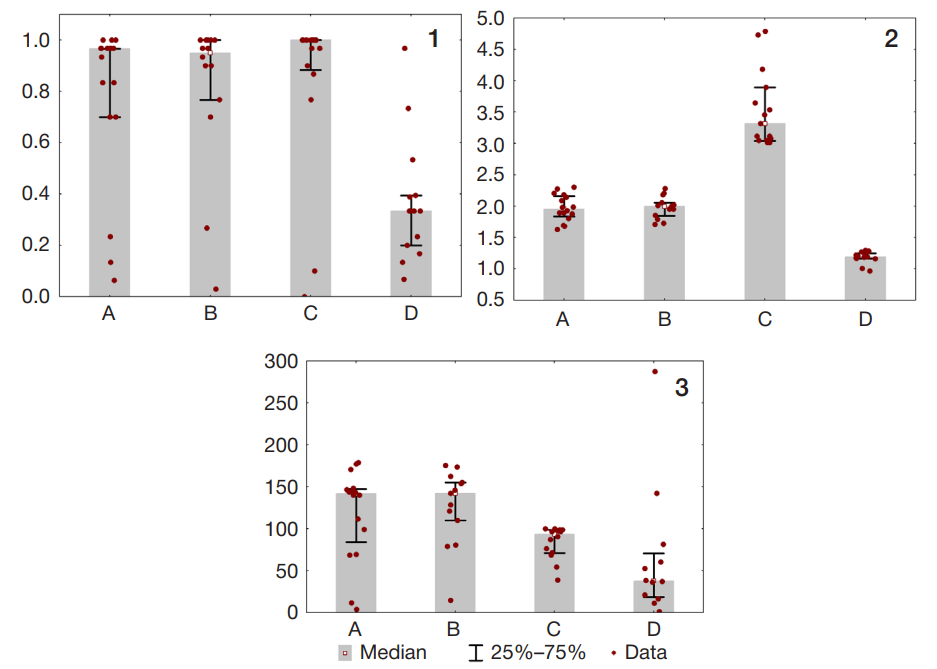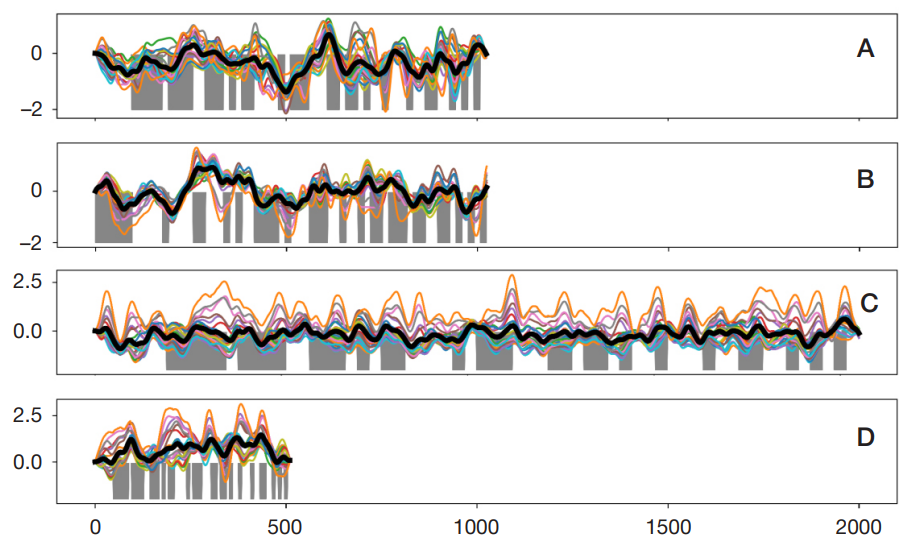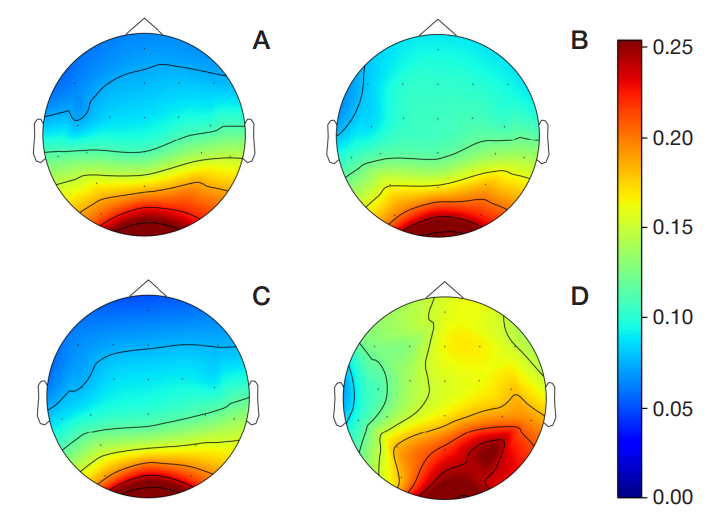
This article is an open access article distributed under the terms and conditions of the Creative Commons Attribution license (CC BY).
ORIGINAL RESEARCH
High-speed brain-computer communication interface based on code-modulated visual evoked potentials
1 Faculty of Biology, Lomonosov Moscow State University, Moscow, Russia
2 Department of Mechanics and Mathematics, Lomonosov Moscow State University, Moscow, Russia
Correspondence should be addressed: Rafael K. Grigoryan
Leninskie Gory 1, bld. 12, Moscow, 119234; moc.liamg@oib.hparrg
Author contribution: Grigoryan RK — experiment planning and conducting, data processing, article authoring; Filatov DB — experiment planning, software development, article authoring; Kaplan AY — task setting, experiment planning, general research effort management, article authoring.



